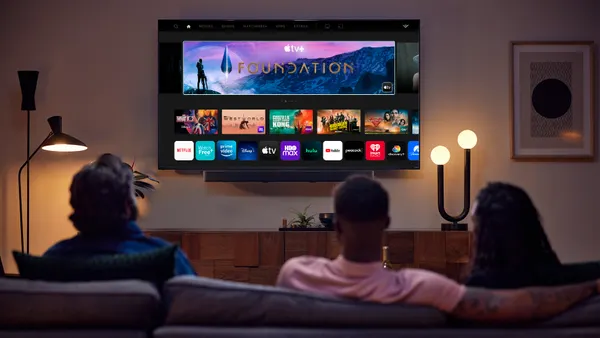Health is complex. The way brands target audiences should reflect that.
How people think and learn about health may be complicated, but it doesn’t have to be a mystery. Using today’s data tools and strategies, health, wellness and pharma marketers have an opportunity to put assumptions aside and gain a more nuanced understanding of audiences as real people. Redefine your audience, understand how they engage and ultimately use data and insights to better serve and reach your consumers. Here’s why you need a strategy that does more.
Discover what you don’t know.
With today’s sophisticated data tools, add complexity and nuance to how you define your audience. Look at how people actually behave and engage across topics like health conditions, wellness and treatment options — they are so much more than one condition or interest. For a content publisher with sufficient scale, it’s possible to capture correlations that would otherwise go overlooked and better understand the full humanity of your audience.
At Healthline Media, we continually observe how our users interact with content and experiences across our sites, and the results are often unexpected. For instance, we discovered that our epilepsy audience is more likely to read about mental health and psoriatic arthritis content. A subset of our skincare audiences is more likely to read about wellness topics, including 151% more likely to read about aromatherapy! Health interest data fuels a deeper, whole-person understanding of the people we serve.
Build detailed, actionable audience personas.
Realize untapped audience segments that you may have overlooked in your initial targeting efforts. Combining quantitative and qualitative learnings, you can frame segments as distinct personas with specific needs and attitudes, providing a fuller view of your audience as real people and allowing for more customized approaches.
Personas can reflect how people currently engage with content and surface their intentions and motivations. For our audiences looking at cold and flu content, we defined key personas like “Remedy Seekers,” who want OTC solutions, and “Caretakers,” who also engage with children’s health content.
In the emerging audience for the GLP-1 diabetes drug approved for weight loss, we recognized a split. Most people were action-oriented overall, but some were focused on lifestyle changes like diets, food kits and virtual fitness, and others on invasive options such as liposuction or weight loss pills. This opens up distinct possibilities for optimizing targeting and messaging for these two groups.
Gain more effective touchpoints for aligning with audiences.
Personas allow publishers to build targeted content and products that meet known audience needs and provide advertisers with more touchpoints for reaching audiences. Backed with this deeper data, these experiences are more likely to make an impression on the right audiences, using the right messaging.
For instance, Healthline visitors looking at solution and treatment pages may be more likely to engage with interactive site experiences. We can combine a specific segment’s health interests and behavior patterns with broader insights and context, adding survey results and qualitative data from our thousands of surveys to build actionable personas. We can then create additional content and experiences to meet the needs of these high-quality, highly engaged audiences — while giving our marketers a more effective space to reach them.
Optimize campaign targeting and messaging.
On the advertiser side, robust health interest data allows for more precise and well-timed ad targeting. It also opens the door to a more cohesive marketing strategy, as you can use these below-the-surface insights to craft highly effective campaigns and content, with messaging that will speak directly to the right people, all within the ecosystem where the insights arose. The more you know your audience, the better you can proactively serve them.
For instance, we looked at trends for skincare audiences and found that anti-aging content about Botox and wrinkles had 15% higher traffic during spring compared with summer, fall and winter. With this in mind, our skincare marketers would know to create and promote more anti-aging content for the spring season to capture this additional interest.
To get started, look for data leadership in the industry.
For health marketers, it’s critical to look for business-to-business (B2B) partners who have sufficient scale and engagement to support a robust approach to data insights. Choose a partner who empowers you to shape a cohesive strategy, from data discovery, to defining audiences, through to activation via content, messaging and targeting. What do your audiences really want to see? What do you know about their needs and intentions? With a whole-person approach to data signals, personas and content, a bigger impact is possible.
About
Healthline Media is the number one digital health and wellness property, reaching the most people on their road to well-being. Our simple, human and holistic perspective gives our audience of 85 million people each month more confidence in their health and wellness choices. We leverage the breadth of our reach and the depth of our insights to offer evidence-backed content, communities and services that connect and engage with people at the right moment, with the right message, throughout their health and wellness journeys.










